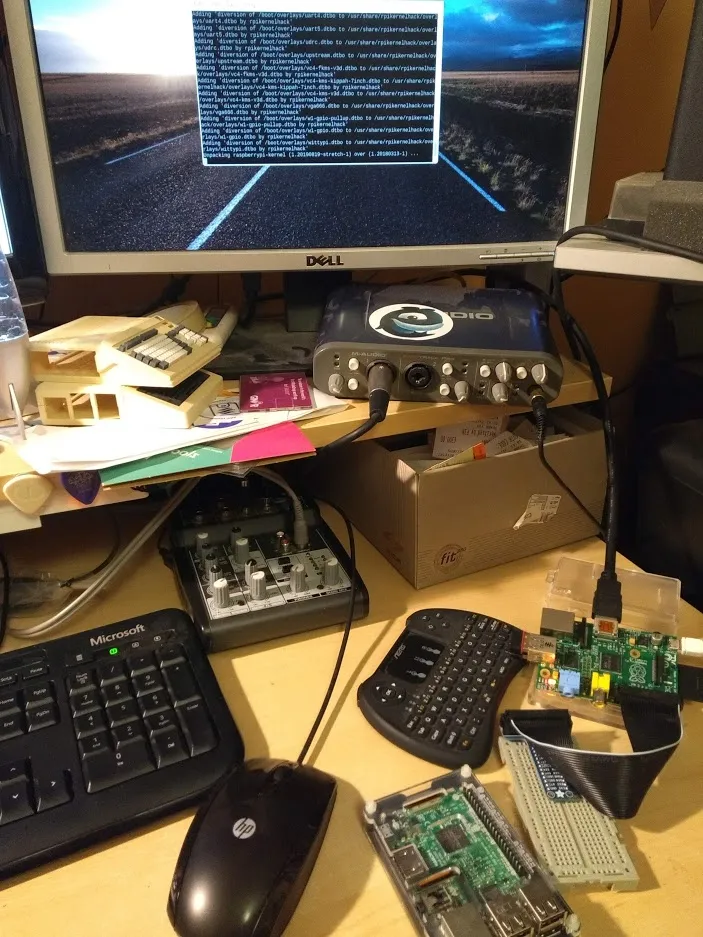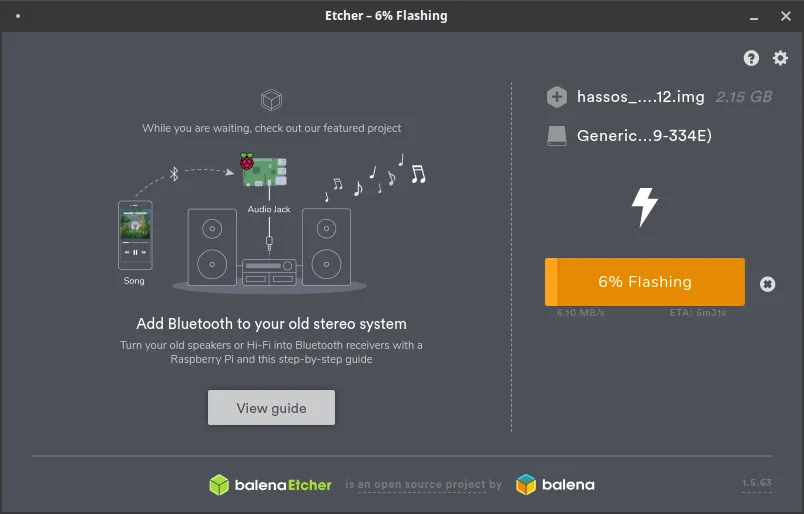Some time ago I did a few posts about my playing with #HomeAutomation. I was using some software called Home Assistant that can run on a #RaspberryPi. This is seriously powerful software as it can interface to hundreds of different devices. It is all free and open source although they have a subscription service to get access to certain features. There are various 'cloud' automation services out there, but you are relying on them still being there in a few years and several have shut down, including on from Google. I see @verhp11 is also playing with this.
I had it controlling some lights based on movement sensors and door switches, but at some point it failed. I think the SD card died and I had not got around to setting it up again. I have bought a new, bigger, faster SD card and am looking at getting back into this.

I am looking at doing things slightly differently this time. I had to connect the Pi directly to the cables from the various sensors in the back of my wardrobe. This time I am looking at using an old Pi Model B to do the interfacing and having that send messages to the Pi 3 in my study. There is a protocol called MQTT that is designed for this and I found some software to run on the Pi B that generates messages when things switch. You could even do this from a simpler Arduino board, but I already had two Pi B boards that were not doing anything.
I am not going to get this all working tonight as it is taking some time to prepare everything. I had an SD card with the Raspbian Linux already on it, but needed to get that up to date. That is taking a while. I have the Pi B plugged into one of my monitors and use the tiny wireless keyboard to control it. It will not need to run a graphical interface once I have it in place and I also made an ssh connection to it from my PC.
I also installed the Hass.io Linux for Home Assistant on a micro SD for the Pi B. I used Balena Etcher which makes this very simple to do.

I have that Pi connected to my router via a cable, but I cannot access it yet. I think it has to download the rest of the system, but it is hard to see if it is making progress. It is a while since I have done this. I will not finish tonight, but I find it helps to take notes and this post will be part of that. Obviously I will not be sharing my passwords. I have a Google doc for those details.
Previously I used a different installation of Home Assistant that allowed a little more low level access. I needed this in order to use my old X10 light switching hardware. I am looking to upgrade to more modern lights. I have some IKEA smart lights already. I may be able to use the X10 with the Pi B with commands also sent over MQTT.
It is all an experiment really. I do not recommend this approach to non-technical people. I like playing around with technology and am willing to accept some compromises in usability, although the automation should also work for the rest of the the family. They will just experience that lights come on automatically when needed. I want to look into other automations I can do. Home Assistant have a podcast where they talk to people who have really sophisticated set-ups, some with hundreds of sensors and devices. I will not be going that far.
Stay tuned for further updates, if you actually read this far.
The geeky guitarist and facilitator of the 10K Minnows Project.

- I'll buy guitar picks for Steem.
- Get a Wirex Debit Card to spend your crypto.
- Get some passive income with Mannabase.
- Get paid to search at Presearch.
- Battle for cards on Steem Monsters and I will lease to small accounts.
- I have Steem accounts to give away to worthy people!
